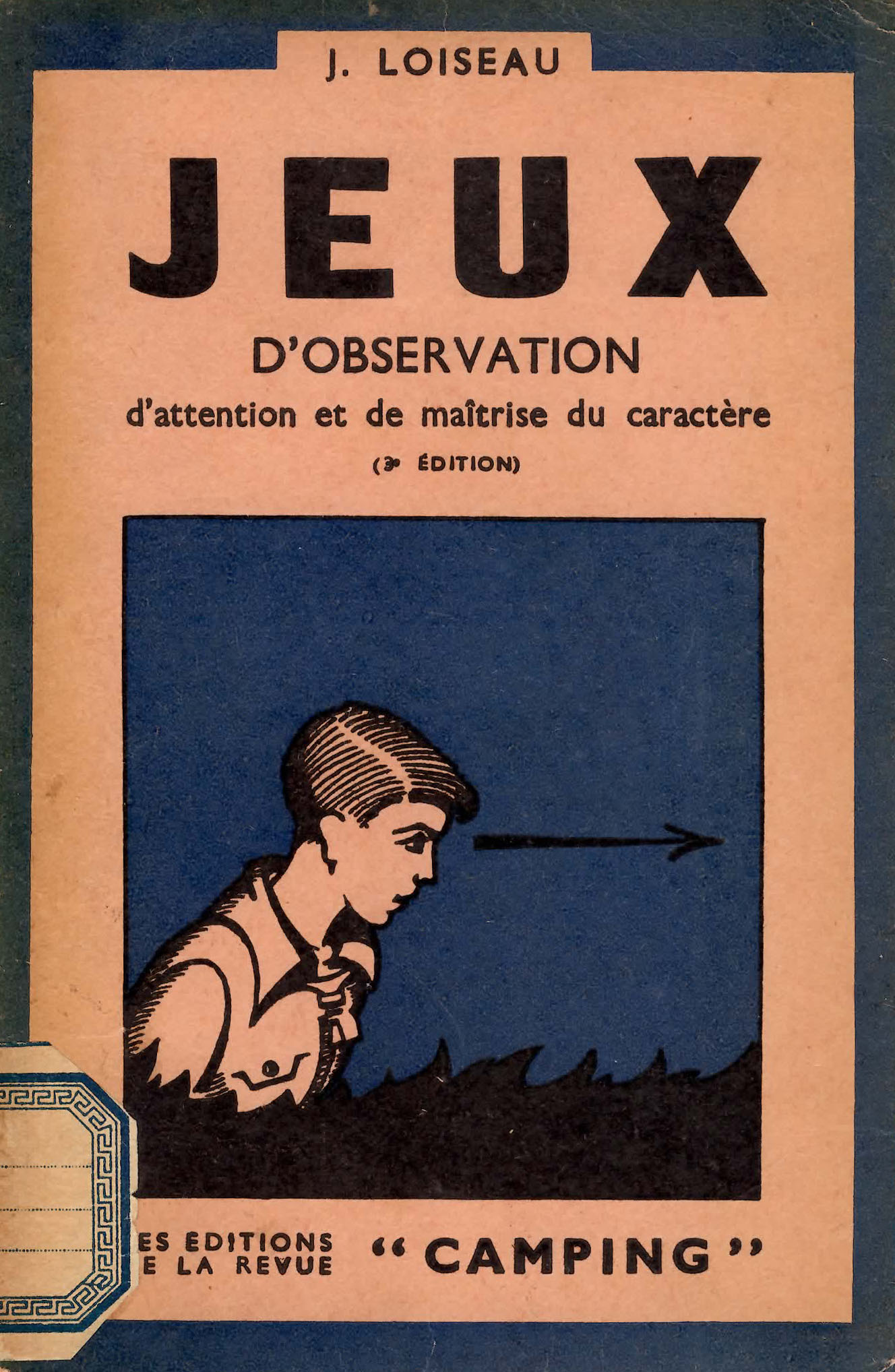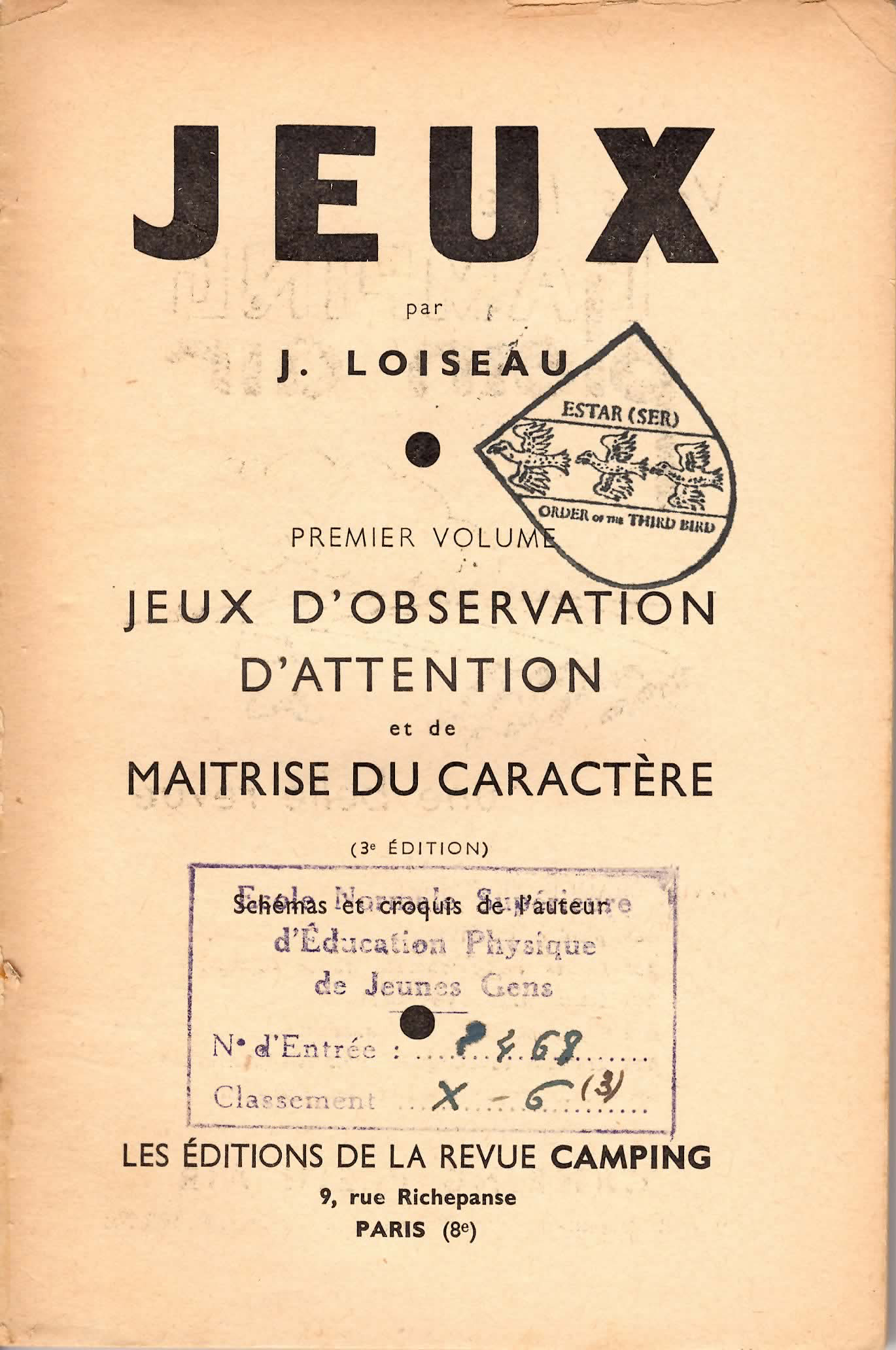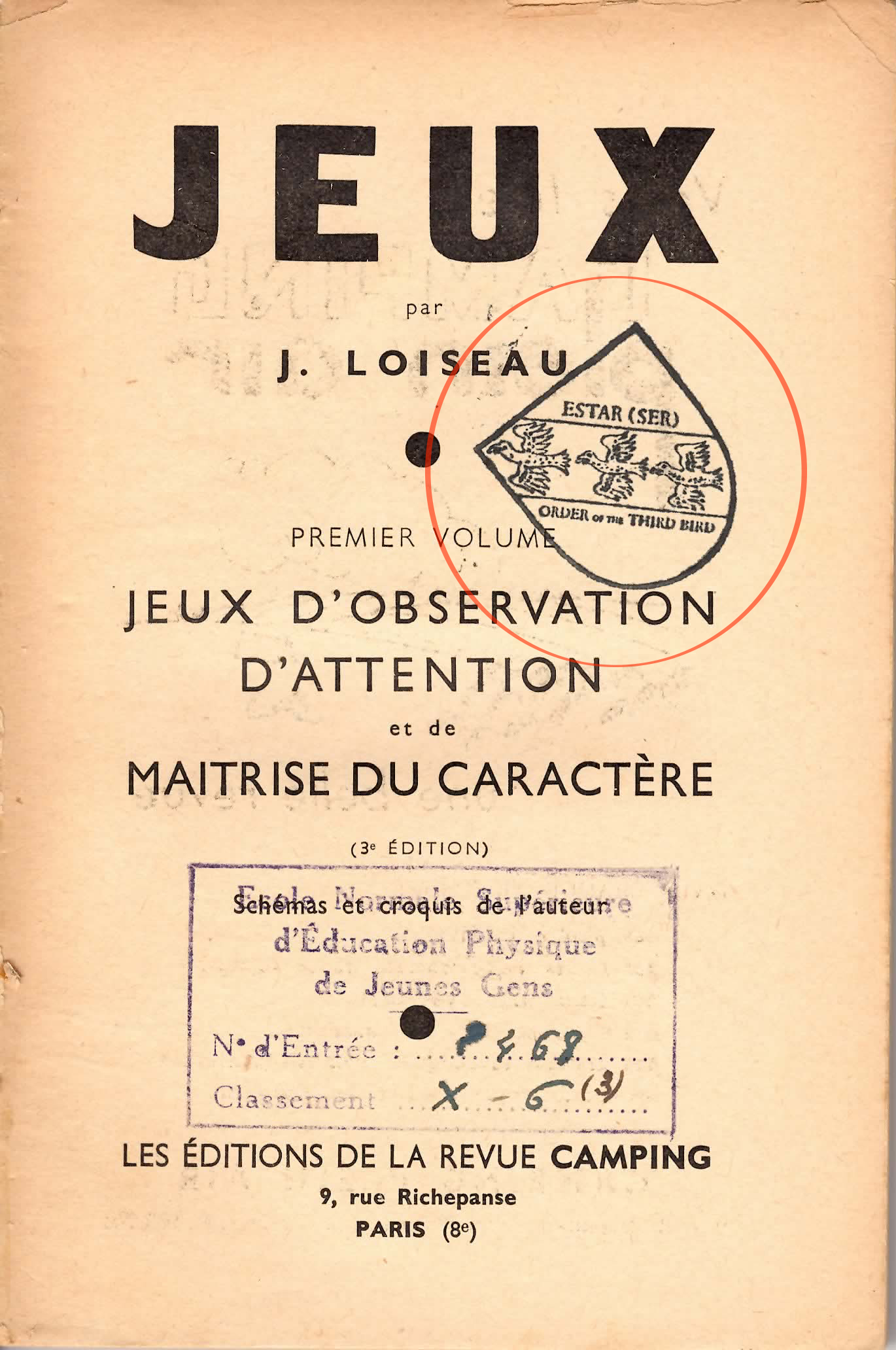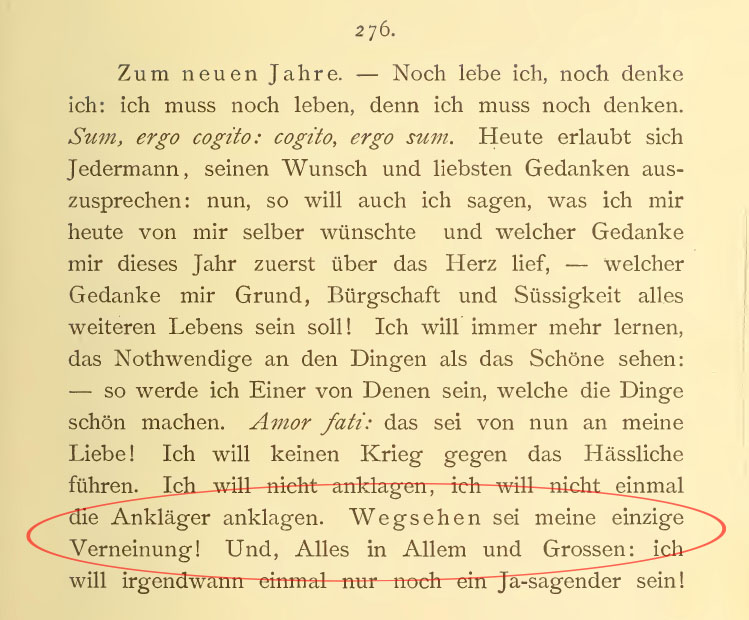A London-based book collector recently sent to the secretary of ESTAR(SER) several images from an unusual volume that came onto the market last year. The specific exemplar has since been sold, but the images themselves tell a great deal. Follow up work has enabled me to consult another copy of the same volume, and that preliminary research informs this contribution to the ongoing series of “Notes and Queries” posted here in the Communiqués.
The image below depicts the (soft) cover of JEUX D’OBSERVATION, published as the first volume in a series of pamphlets issued under the editorial imprint of the Revue “Camping.” This third edition would seem to have have been printed in 1942, in Paris. Of the author, one “J. Loiseau,” relatively little is known. Jean Loiseau (1896-1982) appears to have been an archivist at the Bank of France, and a committed devotee of scouting clubs (in which he was known as “Renard,” or “the Fox”). His (apparently) given name, which means, of course, “The Bird,” hints at his other preoccupations, which will be our concern here.
The booklet — which consists of 160 pages, many illustrated — is an extraordinary compendium of attentional exercises and collective practices of attention, presented as a sequence of games to be played by young men and women (primarily, it should be said, by scout-aged men). Loiseau promises that these collective practices will teach “how to look,” “how to observe,” “how to discern,” and, finally, how to “pay attention” in ways that conduce to the “maîtrise du caractère” — the mastery of character/selfhood.
Full enumeration of the remarkable scope of these exercises is beyond the scope of this brief note, but many of them bear a striking resemblance to the kinds of attentional practices familiar to scholars of the Order of the Third Bird, including a number of proposals for how to arrange and engage group participation in sustained sensorial seances with specific objects. Anyone who has worked with Associates of the Order, or who has reviewed historical material related to Bird “Actions,” will surely be struck by the image below, which depicts a notably “phalanx”-like line of participants configured before an art-fetish “object.”
Significant divergences from orthodox usages of the Order will not be overlooked (the flat social architecture of the modern Practice has no equivalent to a “controleur” or “arbitre“; the physical posture of the crawling supplicant — while not unknown in the annals of Bird habitus — is, nevertheless, extremely rare; the general gamesome theatricality of the “Jetons Totems” is at odds with the putative seriousness of the Order’s occasions), but it is difficult to avoid the suspicion that J. Loiseau has here encoded, as elsewhere in his volume, instructions to adepts and/or initiates in the Order.
This suspicion is exponentially heightened, if not indeed confirmed, by a look at the title page of the specific volume sold at auction earlier this year:
Which reveals a tell-tale book-stamp, clearly marking the volume as part of one of the “Attentional Libraries” commonly associated with a volée of the Order.
Closer work with this remarkable text is clearly desirable, and it would be a great boon to the work of ESTAR(SER) if the purchaser of the copy in question were to come forward and offer it for further examination. It is possible that the volume, which appears to have crossed the Channel sometime after the Second World War, contains marginalia or other paratextual material that would be of enormous value in our ongoing work. Till then, we are left with strong evidence that “Loiseau” was the nom de plume of a notable Bird in midcentury France, and that his popular works were designed to be read as romans à clef by associates of the Order.





